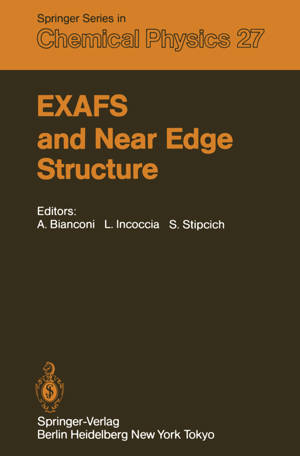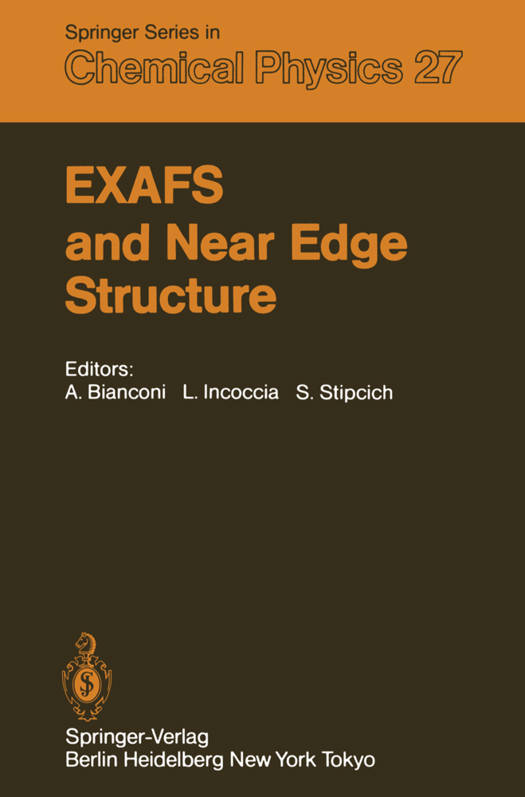
- Afhalen na 1 uur in een winkel met voorraad
- Gratis thuislevering in België vanaf € 30
- Ruim aanbod met 7 miljoen producten
- Afhalen na 1 uur in een winkel met voorraad
- Gratis thuislevering in België vanaf € 30
- Ruim aanbod met 7 miljoen producten
Zoeken
Exafs and Near Edge Structure
Proceedings of the International Conference Frascati, Italy, September 13-17, 1982
€ 131,99
+ 263 punten
Omschrijving
The field of X-ray spectroscopy using synchrotron radiation is growing so rapidly and expanding into such different research areas that it is now diffi- cult to keep up with the literature. EXAFS and XANES are becoming interdis- ciplinary methods used in solid-state physics, biology, and chemistry, and are making impressive contributions to these branches of science. The present book gives a panorama of the research activity in this field. It contains the papers presented at the International Conference on EXAFS and Near Edge Structure held in Frascati, Italy, September 13-17, 1982. This was the first international conference devoted to EXAFS spectroscopy (Extended X-ray Ab- sorption Fine Structure) and its applications. The other topic of the con- ference was the new XANES (X-ray Absorption Near Edge Structure), which in of experimental and theoretical developments finally appears to have terms left its infancy. The applications of EXAFS concern the determination of local structures in complex systems; we have therefore divided the subject matter into differ- ent parts on various types of materials: amorphous metals, glasses, solu- tions, biological systems, catalysts, and special crystals such as mixed valence systems and ionic conductors. EXAFS provides unique information for each kind of system, but the analysis of EXAFS data also poses special prob- lems in each case. General problems of EXAFS data analysis are discussed, as well as developments in instrumentation for X-ray absorption using syn- chrotron radiation and laboratory EXAFS.
Specificaties
Betrokkenen
- Uitgeverij:
Inhoud
- Aantal bladzijden:
- 422
- Taal:
- Engels
- Reeks:
- Reeksnummer:
- nr. 27
Eigenschappen
- Productcode (EAN):
- 9783642501005
- Verschijningsdatum:
- 1/07/2012
- Uitvoering:
- Paperback
- Formaat:
- Trade paperback (VS)
- Afmetingen:
- 156 mm x 234 mm
- Gewicht:
- 607 g

Alleen bij Standaard Boekhandel
+ 263 punten op je klantenkaart van Standaard Boekhandel
Beoordelingen
We publiceren alleen reviews die voldoen aan de voorwaarden voor reviews. Bekijk onze voorwaarden voor reviews.







